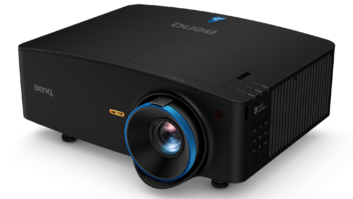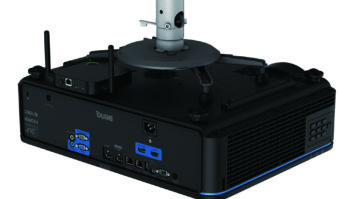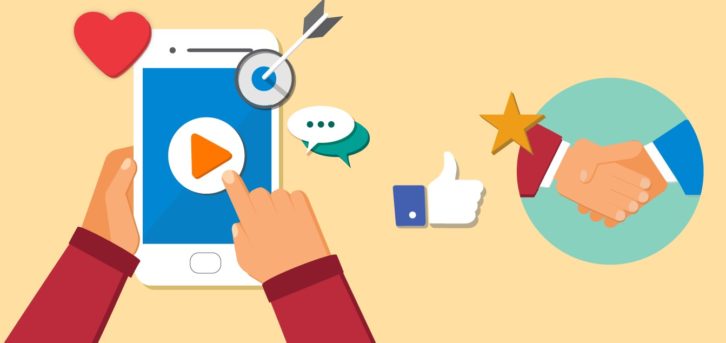
A steady stream of customers is essential to the success of any business, regardless of size. That goes without saying but, except for very small businesses that are content with the status quo, growth is a major goal. That means retaining existing customers and acquiring new ones. One of the top techniques for attaining this aim is that of incorporating games into sales and marketing.
Gaming was once the domain of younger audiences. But now, the folks who used to be young gamers have matured and represent the majority of buying power. This isn’t to discount the teen and young adult consumers but rather to recognize that gaming is now mainstream. This familiarity and comfort with gaming has led to the incorporation of some form of games in many companies’ toolboxes.
The term gamification was coined in the early 2000s though the identity of the original speaker is disputed. Gamification is generally seen as the inclusion of gaming behaviors into tasks that aren’t really games. Fundamentally, it offers customers a reward to engage with specific products and services.
Customer Retention
Most people in business are familiar with the adage that it costs more to acquire a new customer than the keep an existing one. Indeed, the conventional wisdom is that it costs five times as much to get a new customer than to retain one, but that estimate is often far understated.
What’s more, according to Marius Kiniulis, founder of MARKINBLOG.com, “the probability of selling to an existing customer is 60-70%, while the probability of selling to a new prospect is only 5% to 20%,“ and “Loyal customers spend 67% more than new ones.”
Customer Acquisition
While customer retention is at the heart of maintaining an enterprise’s position, new customer acquisition is the lifeblood of growth. It’s akin to marketing but it takes the next step. The former can make potential buyers aware of your business, but customer acquisition seeks to drive an action, most notably to buy something from you. When a customer clicks through your website, social media presence, or other impressions, you’re acquiring a new customer.
Though some gamification only enhances the experience for existing customers, best practices support engagement by both new and existing consumers. They cater to people’s innate desire for winning but also to the fundamental aversion to losing. They also foster the human inclination toward competitiveness.
Mobile Apps
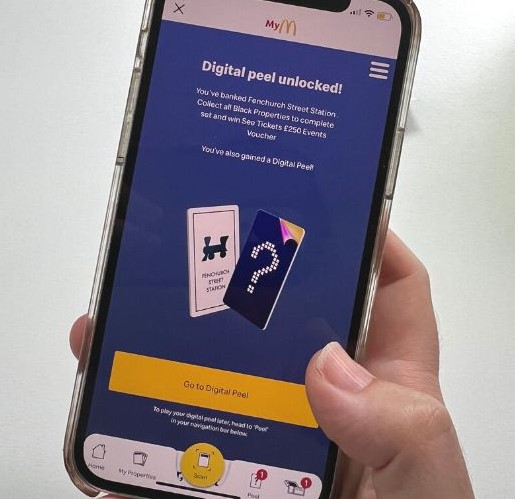
Gamification has been around longer than mobile and other digital apps but it’s particularly well suited to today’s emphasis on cyberspace, especially when used on smartphones. A notable use of gaming in the retail space is McDonald’s Monopoly, a game that’s been familiar for over 30 years. Customers still peel off the game piece from their food but now can keep track of them on the app. There’s also now the possibility of a bonus situation known as the double peel. This is clearly a game that fosters customer retention and acquisition.
Nike offers a great app called the Nike Training Club which offers a wide range of workouts without charge. Pre-COVID, there was a $14.95 charge but it’s free now though it has fewer training plans. Nonetheless, there are plans that include yoga, zero equipment, cardio, and strength training. It’s engaging and useful for users but it also helps them think of Nike when it comes time to purchase fitness gear.
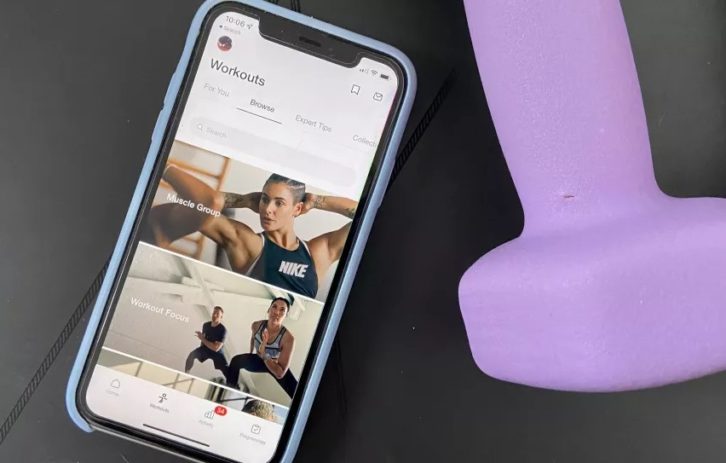
Rewards Programs
Though not as obviously based on gaming as many others, customer rewards programs still operate on the principle of giving the consumer something of value in return for a desired behavior, typically for buying things.
While most rewards programs are free, some are available on a subscription basis. Likely the best know of these is Amazon Prime. With it, you get free second-day delivery on most merchandise and access to loads of content on Prime Video. The associated Visa card gives five percent cash back on most purchases from Amazon and Whole Foods.
Credit card issuers frequently have rewards programs that offer cash in the form of a statement credit or a check. Points for many cards can also be redeemed for travel including flights and hotels, sporting events or concerts, or gift cards. The most typical rewards rate is one percent of purchases, but several provide revolving bonus rates of up to five percent for specific categories of purchases like gasoline or dining out or for purchases at specific retailers. Airlines, too, provide incentives to frequent users in the form of free flights.
See also: Gaming In Retail: Trends To Watch






